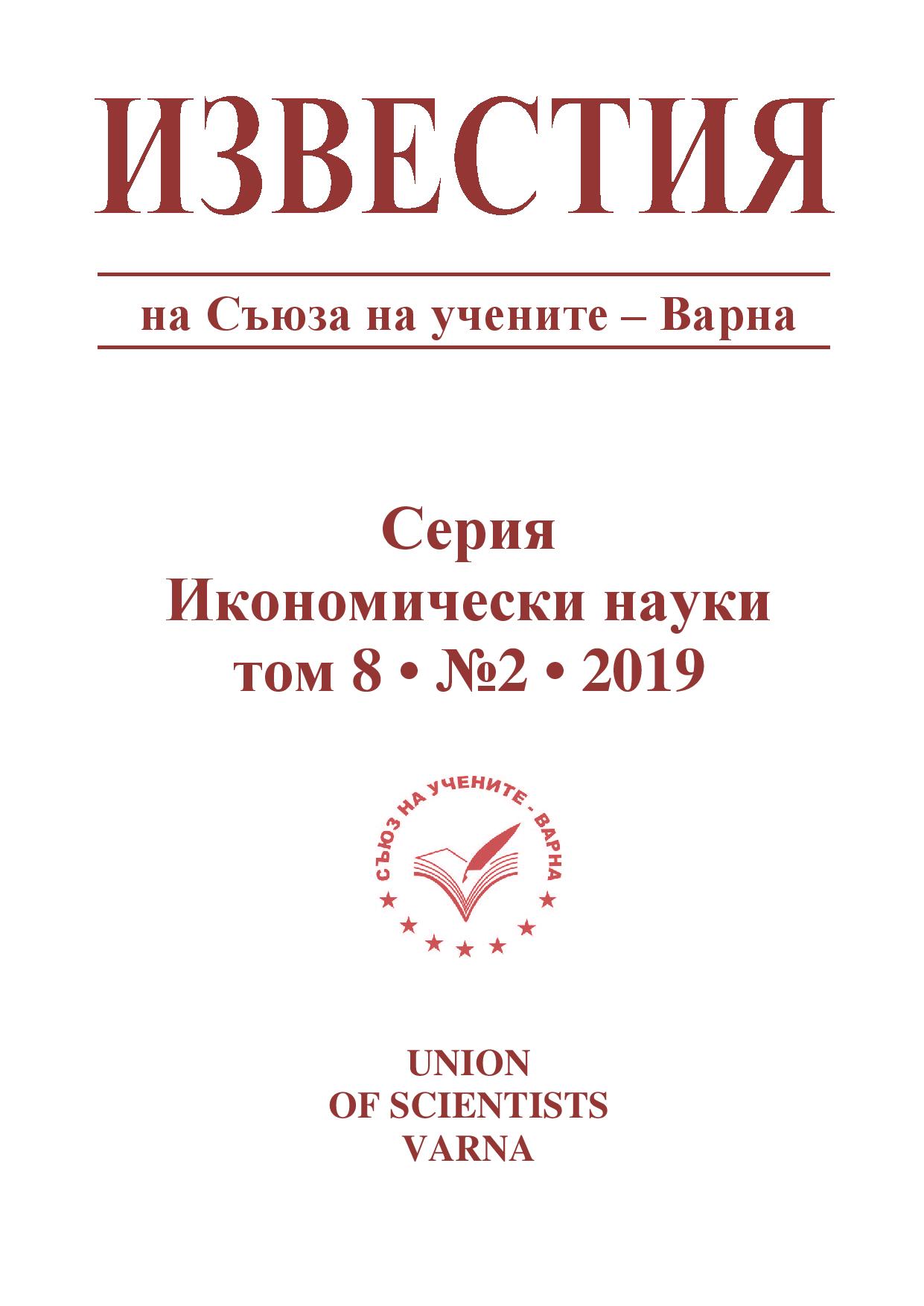The Alternative Insurance Solutions - from Cause to Effect
The Alternative Insurance Solutions - from Cause to Effect
Author(s): Stoyan KirovSubject(s): Economy, Financial Markets
Published by: Съюз на учените - Варна
Keywords: insurance solutions; alternative risk transfer; captive; risk retention; ART products; self-insurance
Summary/Abstract: The modern markets offer a huge variety of forms of risk management that build on functional parameters of traditional insurance products bringing them seriously compete. The increasing convergence of the capital, banking and insurance markets creates prerequisites for occurrence of new and new alternative solutions. Through them, companies have the opportunity to optimize their risk more efficiently, profitably and adaptively. It turns out that the market for alternative insurance solutions is growing at a rate greater than that of traditional insurance. There are many reasons for this expansionist development but perhaps most important among them is their potential to ensure the operating income of the companies rather than to focus on the physical damage from emerging risks. A natural disaster can round company property and not harm it but it can still put the company at a disadvantage in the context of a deteriorating overall market environment. The damaged infrastructure, delayed deliveries, redirection of savings and other consequences of a disaster can hinder an enterprise's sales even though the company is not in the role of an injured party. In this sense alternative insurance decisions should not be treated only as a transfer of risk but as an integral part of doing a profitable business. They can be an incentive for insurers to engage in product innovations, reduce their prices and pay attention to indirect damage, which is sometimes much more dangerous for companies. Considering the rapid development of alternative insurance markets this report seeks to argue their usefulness for corporate business and to dispel the myth that new opportunities are only a phenomenon of American practice. The regulatory harmonization, product innovation, digitalization of the environment and liberalization of supervision have blurred market boundaries globally and made alternative solutions accessible to all European companies. The author strongly supports the idea that alternative risk transfers that are not yet sufficiently recognizable in Europe, especially for small and medium-sized businesses, should be promoted. Increasing risk literacy and attracting qualified stuff are future directions for development because only through them the new opportunities will be mastered. Although alternative insurance solutions are a trademark for large companies they are fully suitable for all market participants. In addition, they can be successfully combined with traditional insurance if their holders do not trust the alternative instruments or have no experience in absorbing them. The diversification approach will be costlier but it will allow to overcome the disadvantages of both forms of risk transfer.
Journal: Известия на Съюза на учените - Варна. Серия Икономически науки
- Issue Year: 8/2019
- Issue No: 2
- Page Range: 130-139
- Page Count: 10
- Language: Bulgarian

